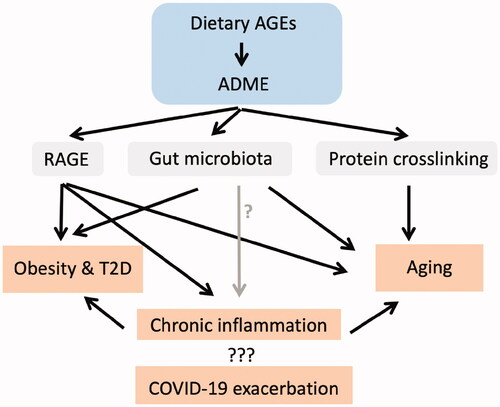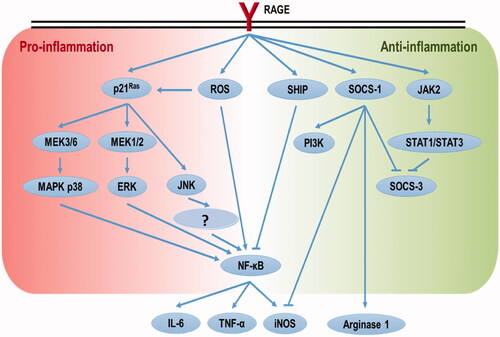Figures & data
Table 1. Summary of human and lab animal microbiome studies on Maillard reaction products (AGE and EGP).




